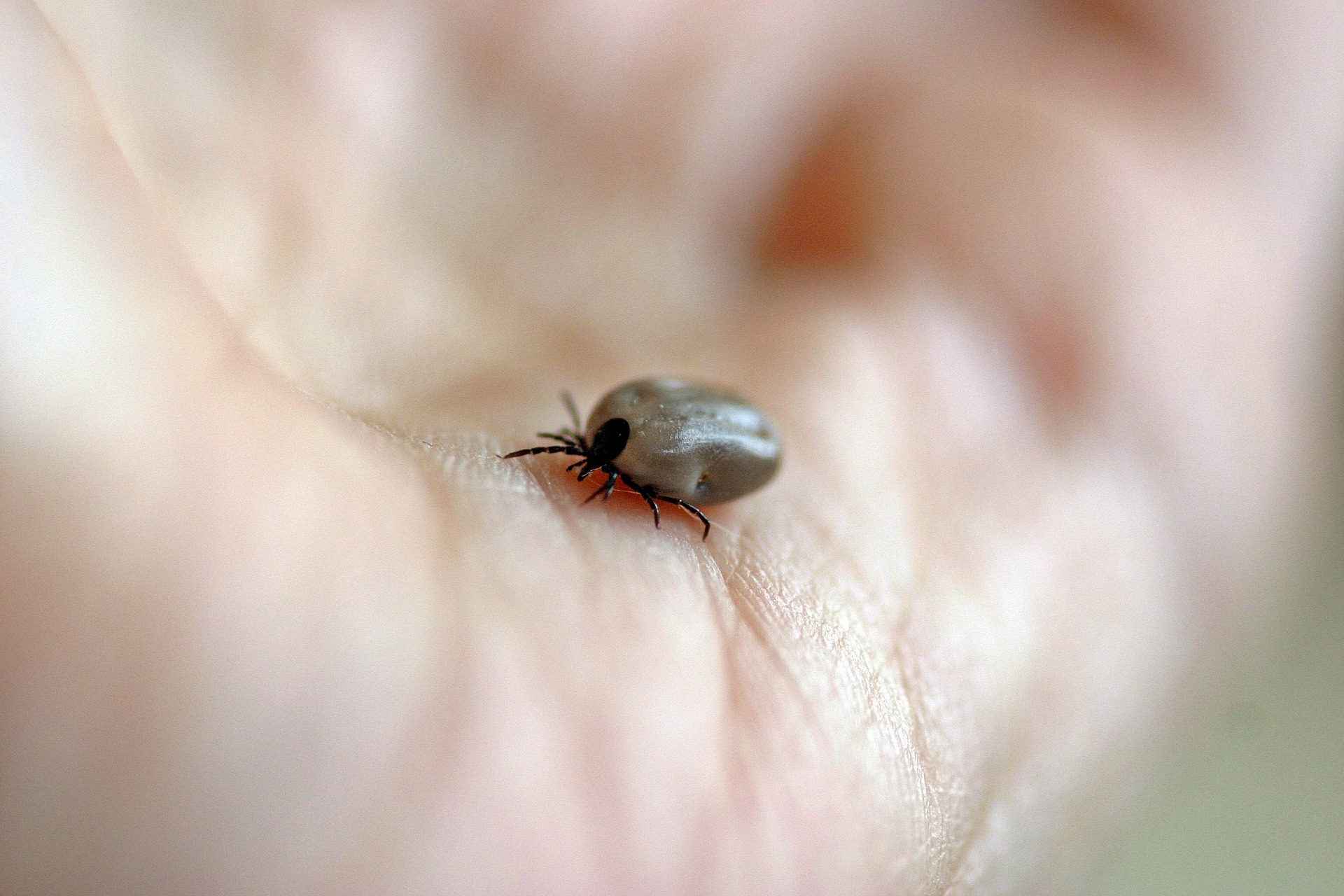Tick Watch Underway In Pennsylvania
Posted by Jennifer Smith on 15th Mar 2019
Ticks are being collected in every county in Pennsylvania in a 5-year surveillance program announced Thursday by the Pennsylvania Department of Environmental Protection.
According to DEP, the environmental surveillance of ticks aims to assess the risk of tickborne illnesses across Pennsylvania with funding provided by the Pennsylvania Department of Health.
DEP also coordinates the mosquito, bird and horse surveillance effort for the West Nile Virus Control Program, which was expanded to include the Zika Virus.
The tick survey, which started in July in coordination with county governments, was among the recommendations made in 2015 by the Pennsylvania Lyme Disease Task Force for combating the growing incidence of Lyme and other tick-borne diseases. It is funded annually through the state budget.

“Lyme disease affects thousands of Pennsylvanians every year, but ticks are also known to carry other pathogens that could infect humans. This survey will provide important data that will help us better understand these arachnids in our environment and inform Pennsylvanians on how, when and where to avoid getting bitten by a disease-carrying tick,” the press release announcing the effort quoted DEP Secretary Patrick McDonnell.
“We want everyone to enjoy the outdoors and take the proper precautions to avoid contact with ticks, and we are proud to support the Lyme Disease Task Force’s efforts to protect Pennsylvanians.”
Secretary of Health Rachel Levine added, “Lyme disease is a major public health concern in Pennsylvania. Many people believe that Lyme disease, and the ticks that carry the disease, can only be found in wooded areas. However, I know personally, as do many others, that ticks can be found in your backyard, where you walk your dog, or the local park. These surveillance efforts will help us to share with all Pennsylvanians the importance of taking steps to protect yourself.”
The tick survey is taking place in every county in Pennsylvania to track ticks’ habitats, life stages and peak activity levels, and to test them for human pathogenic diseases.
In addition, 38 counties are conducting a specific survey of nymphal blacklegged ticks, which can transmit Lyme Disease to humans.
Ticks are collected using white felt drags that sample low-lying ground cover and understory vegetation for ticks.
Fall and winter surveillance focused on analyzing adult blacklegged ticks in public use habitats across Pennsylvania, such as parks, playgrounds and recreational fields.
Surveillance this spring and summer will focus on collecting 3 tick species: the blacklegged tick in its immature nymphal stage, when it most often infects humans with Lyme disease, as well as human babesiosis and human granulocytic anaplasmosis; the adult American dog tick, which transmits Rocky Mounted spotted fever and tularemia; and the adult lone star tick, which transmits Ehrlichiosis and tularemia.
The nymphal stage of the blacklegged tick causes the most tickborne illness in Pennsylvania due to its size and activity period. It is significantly smaller — about the size of a poppy seed — than the adult and less likely to be discovered on the human body.
“The nymphal stage of the blacklegged tick’s lifespan overlaps with people enjoying the outdoors in the spring and summer,” McDonnell said. “Tracking and testing them at this stage is extremely important because it will allow us to more accurately pinpoint when and where risk of human illness is most prevalent and help prevent cases of Lyme disease in the future.”
Since July 1, 2018, DEP collected 3,663 adult black-legged ticks for testing.
For more information on Lyme Disease, visit the Department of Health’s Lyme Disease webpage.
For more information on ticks and tickborne diseases, visit the Centers for Disease Control and Prevention’s website.
Story re-posted from PennLive.com. By Marcus Schneck
